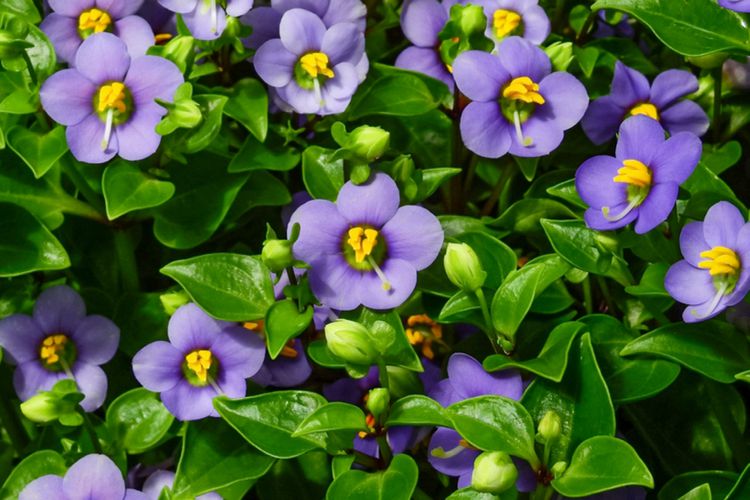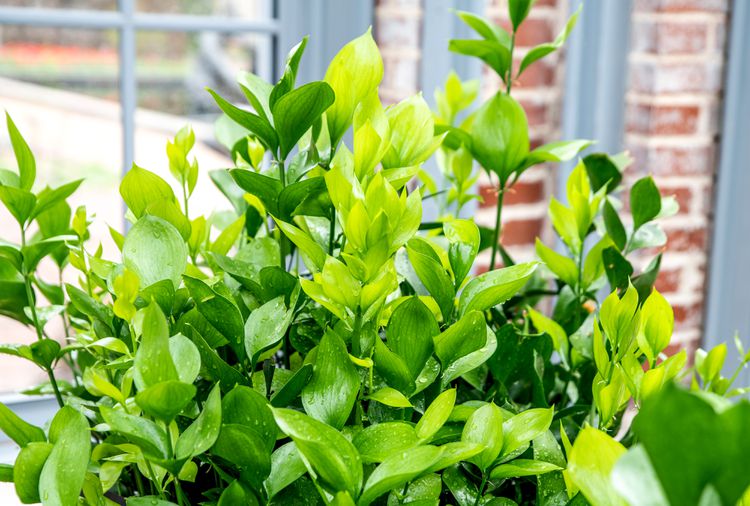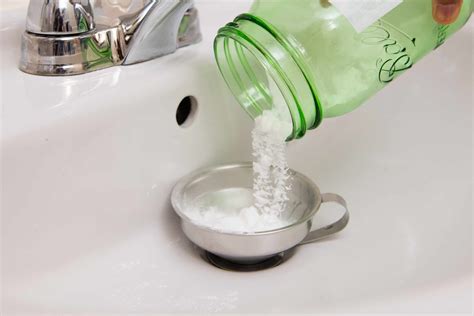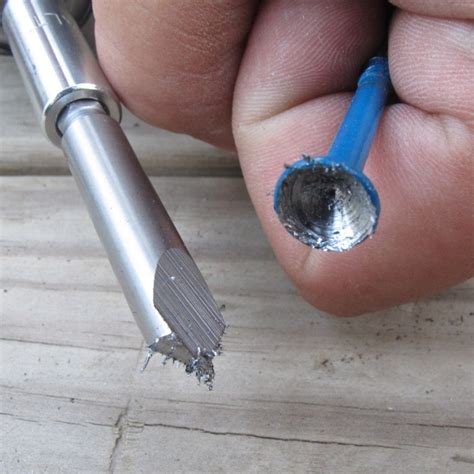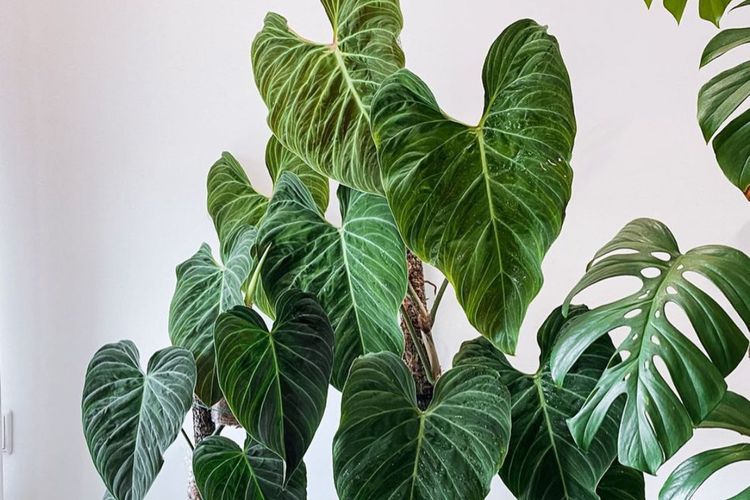
Philodendron splendid, a captivating hybrid resulting from the cross between Philodendron melanochrysum and verrucosum, is renowned for its expansive, velvety foliage and eye-catching white veins. This uncommon aroid is ideal for those with some experience in plant care, as it thrives in high humidity and demands a little more attention.
Similar to its parent species, P. melanochrysum and P. verrucosum, the philodendron splendid is a climbing variety that thrives when provided with a moss pole or trellis for support. Although it can be cultivated outdoors in regions with stable warm weather, it is primarily kept as a houseplant to ensure optimal growing conditions.
Cultivators need to recognize that, similar to other members of the aroid family, this philodendron is deemed harmful to both pets and humans if consumed.
Discover all the essential information for cultivating and maintaining the stunning philodendron splendid.
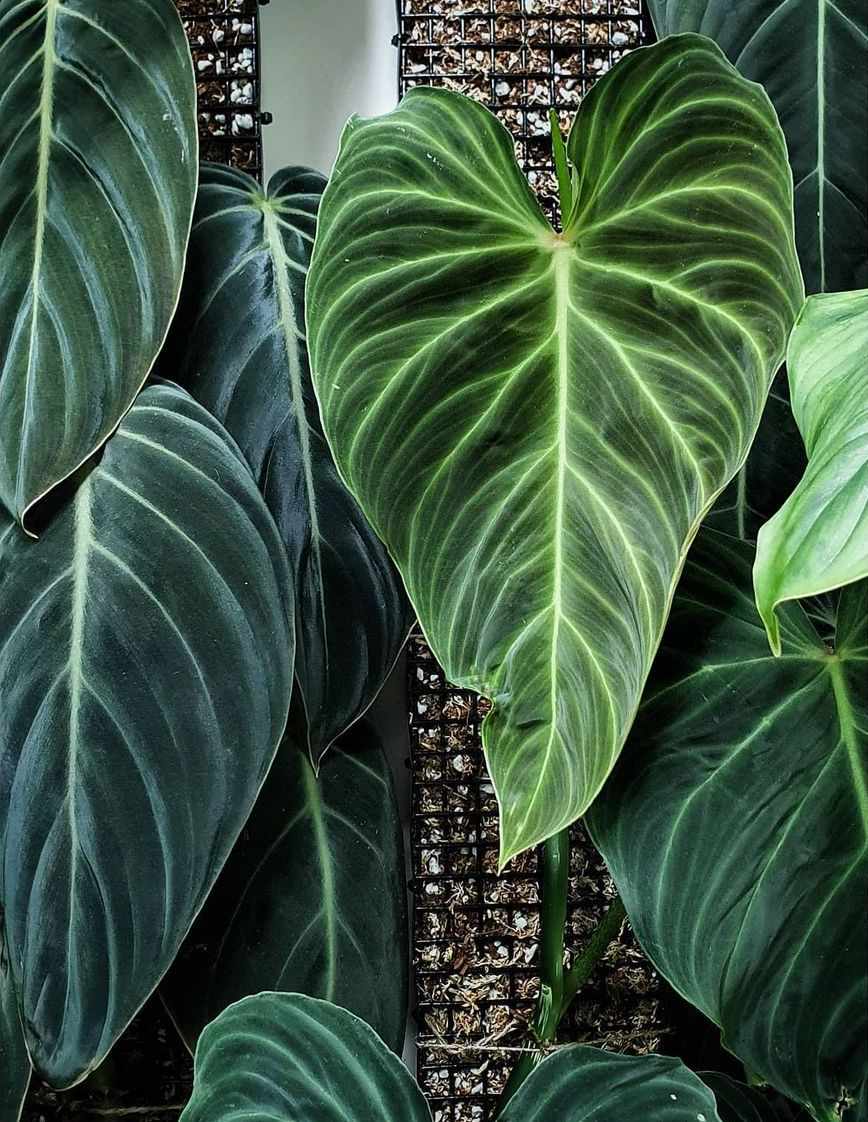
Light
This tropical plant thrives in bright, indirect light. The optimal location is an east or northeast-facing window, or you can place it a few feet away from a west or south-facing window.
Try to minimize exposure to intense, direct sunlight, as the delicate leaves of the splendid philodendron are susceptible to leaf burn. However, short durations of sunlight during the morning or evening are generally acceptable. While this plant can tolerate low light conditions, its growth may slow down, resulting in a leggy appearance, and the leaves may lose their vibrant sheen.
Soil
For most aroids, selecting the appropriate soil is crucial to avoid watering problems and to promote healthy growth indoors. The soil should be light and well-draining, while also being rich in organic matter. An effective and simple homemade mix can be created using a quality potting soil or coco coir, perlite, and orchid bark. Alternatively, you can opt for commercial soil mixes specifically formulated for aroids.
Water
Let the soil dry out to approximately 50% between watering sessions. This philodendron is prone to overwatering and root rot, so it’s advisable to err on the side of underwatering. Make sure your pot has drainage holes to allow excess water to escape from the roots. When you do water, do so thoroughly to ensure the soil is completely saturated. It’s recommended to do this over a sink or a drainage tray to catch any excess water.
Heat and Moisture Levels
Philodendron splendid is a perfect choice for indoor gardening as it thrives in warm environments with moderate to high humidity. This species is sensitive to cold and should be kept away from temperatures dropping below 55°F (13°C). It flourishes in a temperature range of 65°F to 90°F (18°C to 32°C).
This tropical hybrid thrives in higher humidity levels, but it can also adapt to typical indoor humidity. To promote vigorous growth, increasing humidity can be beneficial. Ideally, maintain humidity levels above 60%, but below 80% to avoid fungal issues on the foliage. Therefore, indoor greenhouses or greenhouse cabinets are excellent environments for these plants, allowing for precise humidity management.
Fertilizer
This indoor plant requires regular fertilization during the spring and summer months when it is in its growth phase, but you should refrain from fertilizing in the fall and winter. Apply a balanced liquid fertilizer, diluted to half the recommended strength, once a month, or opt for a slow-release fertilizer to provide additional nutrients during its active growth. As the temperatures start to fall in autumn, cease all fertilization until the next spring.
Cultivating Philodendron Splendid through propagation.
Similar to numerous philodendron varieties, the philodendron splendid can be readily propagated through stem cuttings. This method is an excellent way to cultivate new plants to share with others or to utilize cuttings if you choose to prune your tall plant. Although propagation can be done year-round, the optimal periods to try this are during the spring and summer when the plant is in its active growth phase.
To successfully propagate a philodendron splendid, simply adhere to these straightforward steps.
- Utilize a set of sharp, sanitized pruning shears to obtain a stem cutting from a thriving philodendron splendid plant. Ensure that the cutting contains a minimum of three nodes on the stem (but no more than five) and includes at least one leaf to maximize the likelihood of successful propagation.
- Trim off the lower few leaves from the cutting, ensuring that at least one leaf remains at the top. This will reveal the lower nodes on the stem.
- Select a small glass or plastic vessel and fill it with your preferred propagation medium. The three most commonly used materials are water, sphagnum moss, and perlite. Each medium has its own advantages, but the final decision depends on your individual preference. If you opt for sphagnum moss or perlite, make sure to soak them in water prior to inserting the cutting.
- Position the cutting in the container, making sure the propagation medium—whether it’s water, sphagnum moss, or perlite—fully envelops the exposed nodes on the stem. The leaves at the cutting’s top should remain above the medium.
- Position the cutting in a warm, humid environment with indirect light exposure. You should see roots developing in a few weeks. Keep the sphagnum moss and perlite consistently moist, and change the water weekly.
- When the roots reach approximately one inch in length, the cutting is ready to be transferred to the soil. Select a small pot filled with a light, nutrient-rich potting mix, and place the cutting in it, ensuring to water it thoroughly after planting.
- Place the newly planted cutting back in its original spot and maintain consistent moisture in the soil for the initial weeks to support root adaptation. Gradually reduce the frequency of watering until you establish a regular watering routine, ensuring the soil dries out by about 50 percent between each watering.
Transplanting and Replanting Philodendron Splendid
Philodendron splendid needs to be repotted when it has surpassed the size of its current pot, typically every one to two years, based on its growth speed. This process not only provides the roots with additional space but also enables the replacement of the potting soil, enriching the plant with fresh nutrients. The ideal time for repotting is in the spring, coinciding with the plant’s active growth phase.
To successfully repot a philodendron splendid, adhere to the following guidelines.
- Select a new pot that is just two to four inches wider in diameter than the old pot. Make sure the new container has drainage holes to avoid the risk of root rot.
- Take your plant out of its current pot and gently detach as much of the old soil from the roots as possible, taking care to minimize any damage to the roots.
- Start by adding a fresh, well-draining soil mixture to the bottom of the new pot. Then, position the root ball of your Philodendron splendid so that it rests approximately one-third of the way down, leaving ample space to add more soil on top.
- Complete the pot by adding fresh soil, ensuring to press it down securely around the base of the plant.
- Give the newly repotted plant a good watering, ensuring that any surplus water can escape through the drainage holes at the bottom of the pot.
- Place the plant back in its initial spot and continue with the usual watering routine. Allow about a month to pass before applying fertilizer again to avoid damaging any roots that may have been disturbed during repotting.
Frequent Insect Infestations and Plant Illnesses
Be vigilant for typical houseplant pests such as spider mites, fungus gnats, mealybugs, and scale insects. Should you spot any pests on your plant, promptly separate it from your other houseplants and apply neem oil or an insecticide until the problem is resolved.
When it comes to health issues, the primary concerns for a philodendron splendid are root rot and fungal leaf spot diseases. Root rot typically arises from excessive watering or insufficient drainage in the soil, whereas fungal leaf spot diseases are a frequent issue for philodendrons overall. Fortunately, both conditions can be addressed effectively if detected in the early stages.
Frequent Issues Encountered with Philodendron Splendid
Generally speaking, taking care of a philodendron splendid is quite simple, especially if you have prior experience with aroids. Nonetheless, you may encounter a few typical issues, especially during the acclimation phase after bringing your plant home and as you familiarize yourself with its care. Two frequent concerns to be aware of are the appearance of brown spots on the leaves and yellowing foliage.
Brown Stains on Foliage
There are various factors that can lead to the appearance of brown spots on the leaves of a philodendron splendid. Tiny, rust-hued spots typically indicate a fungal leaf spot disease, which requires treatment with a fungicide. On the other hand, larger, crispy brown spots are often a sign of leaf burn or insufficient humidity. If a leaf is turning brown and dropping off entirely, it may suggest that the plant is not getting enough water or light.
Golden Foliage
Yellowing leaves are a frequent issue encountered with many plants, and the philodendron splendid is no different. This condition is often a result of insufficient light or water, but it can also indicate the presence of pests, overwatering, excessive light, or insufficient humidity. To determine the underlying cause, it is essential to assess the growing conditions of your plant.
Is the philodendron splendid considered a rare plant?
This unique hybrid philodendron is regarded as uncommon and somewhat challenging to locate. It’s unlikely that you’ll encounter this plant in a typical retail chain. If you’re eager to acquire a philodendron splendid, your best options are specialized plant shops, collectors, and online marketplaces.
What distinguishes philodendron gloriosum from philodendron splendid?
At first sight, Philodendron gloriosum and Philodendron splendid may appear alike due to their sizable, velvety foliage and striking white veins. Nevertheless, these two distinct plant species possess several notable differences. Firstly, gloriosum is a terrestrial species, thriving on the ground, whereas splendid is a climbing variety. Additionally, the leaves of gloriosum are broader and shorter, in contrast to the longer and narrower leaves of splendid.
What distinguishes the philodendron splendid from the philodendron glorious?
Philodendron glorious is a hybrid resulting from the crossbreeding of P. gloriosum and P. melanochrysum. It bears a striking resemblance to Philodendron splendid due to the influence of P. melanochrysum in both varieties. Nonetheless, there are subtle distinctions that can help differentiate these two uncommon philodendrons. Philodendron splendid features more prominent veins, while Philodendron glorious exhibits leaves that are a bit more heart-shaped, in contrast to the elongated leaves of Philodendron splendid.

